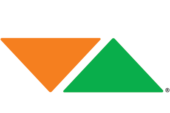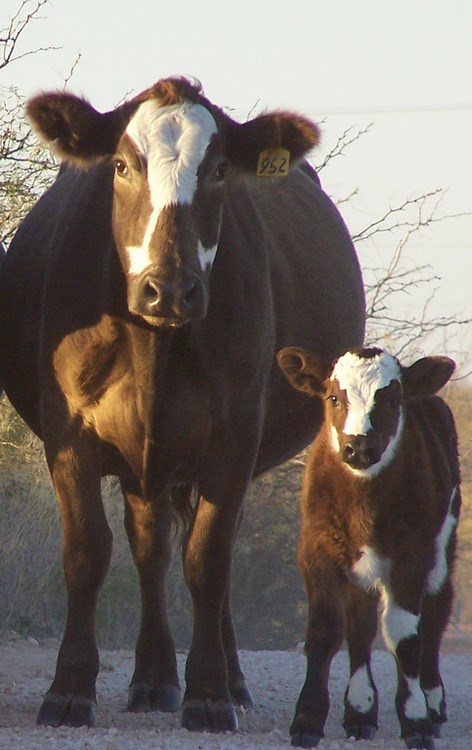As fall approaches, many of you will be selecting your replacement females to grow and develop to be future producers. How well you do this can be a great influence on the future profitability of your livestock operation.
Growing and developing your replacement females is more difficult and requires a better nutritional program than running stockers through your pastures to take advantage of compensatory gains. Because these young animals are still developing many of the organs they will use for reproduction and lactation, it is critical that they have sufficient nutrition to develop properly.
I’m not talking about keeping them fat, or putting them on full feed. I am talking about meeting their protein, energy, mineral, and vitamin needs for the level of gain they need to reach puberty by the time you want them to breed.
Your nutritional program will depend on many things, but first and foremost will be at what age you intend to begin breeding. For cattle, to get heifers to calve at 24 months of age, you must breed them just before they reach 15 months of age.
Research and experience has shown the heifers need to be around 65% of their mature body weight to begin to have fertile heat cycles. Since you can’t look into your crystal ball to see what the heifers will look like, you pretty much have to rely on the size of their mothers. For a cow that is 1100 lbs. in mature weight, her heifer needs to be 715 lbs. at 15 months of age.
Let’s look at the math. If you wean a heifer at 550 lbs. in October, and you plan to breed her weighing 715 lbs. in March, you need her to gain 165 lbs. in 150 days, or 1.10 lbs. per day. And most of you will have to do this on dormant winter pasture.
From this point there are two paths to take. One is to not feed the heifers through the winter, and let their compensatory gain give you some good gains during the spring to breed on. Not every one of them will get large enough to breed, but you can keep 10 to 20% over what you need to be sure to have enough that do conceive.
There are some problems with this type of program. Number one is that by not providing the nutrients these heifers need in the winter, the development of their reproductive system may be hampered, which can cause them to be poor breeders in the future.
Another is that beef heifers need to gain at a rate of less than 1.5 lbs. per day. If heifers gain too much, as they could do during the compensatory gain period, they can displace mammary glands (which produce milk during lactation) with fat glands. This is a permanent replacement, and can reduce their ability to produce milk. This could result in reduced weaning weights from their calves.
And last, if you allow the heifers to not gain much during the winter expecting good gains from the spring growth, what happens if it is a dry spring and your growth doesn’t come? You will have to feed them much more than you had planned in a feedlot type of ration to get them to a breeding weight.
A much better plan for both the heifer and your pocketbook is to plan for a gradual gain throughout the winter period to reach the target weight by the time you put bulls with them. This type of program will require some type of supplement, but the cost can be kept to a minimum with forage sampling to determine the amount of gain the forage may provide, and what nutrients are deficient for the level of gain you need.
Using the forage data, you can increase, or decrease, the amount of supplement necessary, and still have the nutrients getting to your heifers to develop the reproductive and mammary organs properly.
To do this program correctly, you need to be able to weigh the heifers occasionally. Or, if you’re good enough at estimating the weight of live cattle, at least making an evaluation of whether they’re gaining the necessary weight needed. Failure to do this can result in the same problem as not having the spring pasture for them, you will have to feed more than you want at the end of the time to get them to their target weight.
My experience with this type of program is that it will take 2 to 3 pounds of a 20% Breeder Cube to help heifers to gain around a pound a day. If you can include ionophores like Bovatec and Rumensin in them. These will give you around 0.08 to 0.12 lb. of gain more per day. Some researchers also think that in addition to improving gain, the ionophores also help in the development of the reproductive system.
Once you reach your target weight, then you can allow them to slow down their gain to a lower level, and reduce supplementation. However, if you feel that some of the heifers in the herd are still below the average, then continue for at least 30 days into the breeding period to allow them a better chance to conceive.
Ranchers that work with this kind of a program are getting around 90% of their heifers in 60 day breeding periods. Some of the bonuses they have seen in addition to a good breed-up is that these heifers produce more milk (wean heavier calves than lighter heifers) and seem to re-breed better.
For producers of other species of livestock, this same program can work on a scale that fits your animals. For goats weighing 45 lbs. weaned at 3 months that you want to breed at 8 months weighing 70 lbs., they would need to gain 0.17 lb. per day. If you don’t breed your goats until they are 18 months of age, then a program of supplementing the protein and minerals they need should allow them to gain at the rate the pasture browse and forages will let them.
Just like the heifers, though, evaluate their weight gains to be sure they are going to reach your target weight in the desired time. And don’t get complacent and not provide them with the nutrients they need to develop their reproductive organs.
Getting them to the target weight is only half the battle. Getting them to the target weight and ready for a life of productivity is the real goal.
Interested in our products? Click here.


